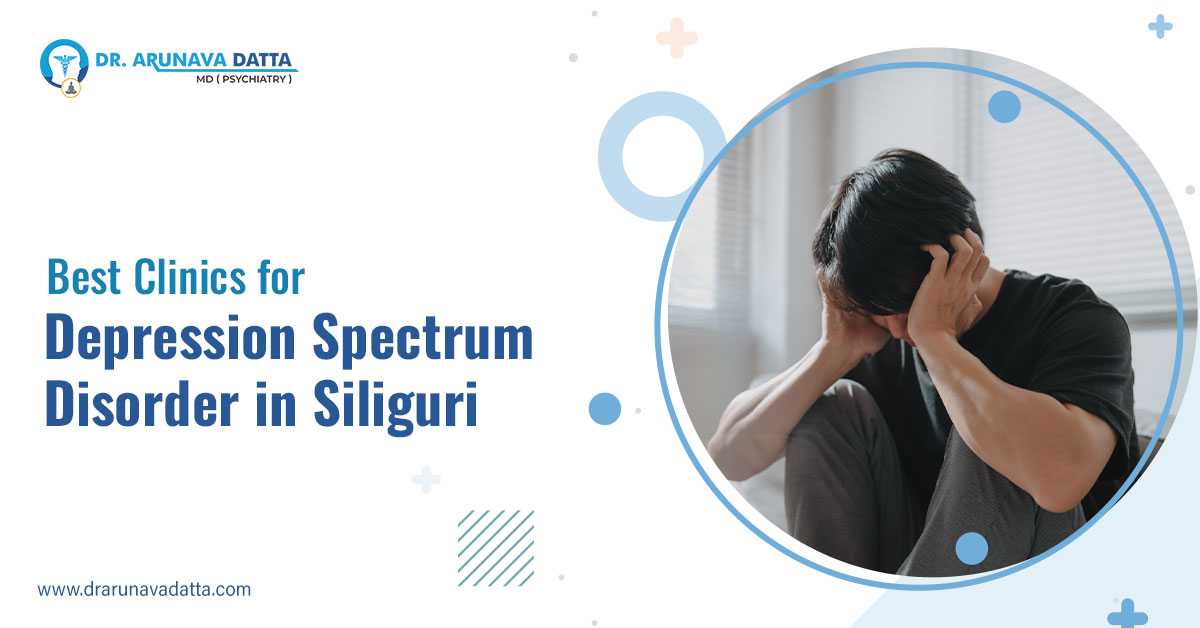Dramatic changes in mood, energy, and activity levels are hallmarks of bipolar disorder, which impairs a person's capacity to carry out daily tasks. Mania, or emotional highs, and sadness, or emotional lows, are the classic symptoms of the illness, but they can vary in frequency and intensity.
Knowing who is susceptible to bipolar disease can contribute to early detection, successful treatment, and optimal long-term results. Since expert diagnosis is a must, you might see a reputed psychiatrist for diagnosis and bipolar disorder treatment in Siliguri or near you.
This blog shares the signs and symptoms of bipolar illness, the risk factors, and the important impact that early intervention may have.
Insights into Bipolar Disorder
Bipolar disorder is a lifelong mood disorder and mental health condition that produces drastic changes in mood, energy levels, thought patterns, and behavior in people. These extreme fluctuations might interfere with your daily activities and last for hours, days, weeks, or months.
During manic episodes, people may experience euphoria, excessive energy, extraordinary talkativeness, and dangerous behaviors like substance misuse, reckless driving, or careless spending.
Feelings of melancholy, hopelessness, exhaustion, worthlessness, sadness, loss of interest in everyday tasks, and even suicidal thoughts are all part ofdepressive episodes of bipolar disorder. For effective care, you might visit one of the top psychiatrists for bipolar disorder in Siliguri.
Who is at Risk?
Bipolar disorder has no definitive reason. Rather, a confluence of biological, psychological, environmental, and hereditary factorsincreases its risk. Some of the primary risk factors for bipolar disorder are as follows:
Family History
An important factor here is genetics. A person may be more likely to get bipolar disorder if they have a parent or sibling who has it. Though a family history simply increases the risk of developing the condition, it does not ensure it.
Age and Onset
People between 12 and 25 years old are more likely to get it. However, anyone at any age can develop bipolar disorder.
Biological Differences
This psychiatric condition may develop as a result of changes in the chemistry and structure of the brain. People with bipolar illness have modest abnormalities in their brain structure, especially in regions that control emotion, according to imaging studies.
Exposure to Stressful Life Events
Traumatic events like the death of a loved one, divorce, abuse, or losing their job might set off the first episode of bipolar disorder. Although stress is not the direct cause of bipolar illness, it can be a trigger or may, over time, cause a change in the brain chemistry.
Substance Use
Abuse of drugs and alcohol can cause bipolar episodes to start as well as worsen pre-existing symptoms. Some drugs are very dangerous, such as stimulants and hallucinogens, complicating the condition and its symptoms.
Gender and Bipolar Disorder
Though it affects both men and women, bipolar illness manifests differently in each gender. Males are more likely to have manic episodes first, while women are more prone to have depressed episodes more frequently and to have fast cycling.
Women with bipolar disorder are also more likely to have mood-related symptoms associated with hormonal changes, such as those that occur during pregnancy and after giving birth.
This psychiatric disorder is a complicated issue,but it is treatable. Although emotional ups and downs can interfere with many facets of life, people can have happy, fulfilled lives with the right care and a strategic lifestyle. Seek medical support from a highly trusted psychiatrist for bipolar disorder treatment in Siliguri, Dr. Arunava Datta.




